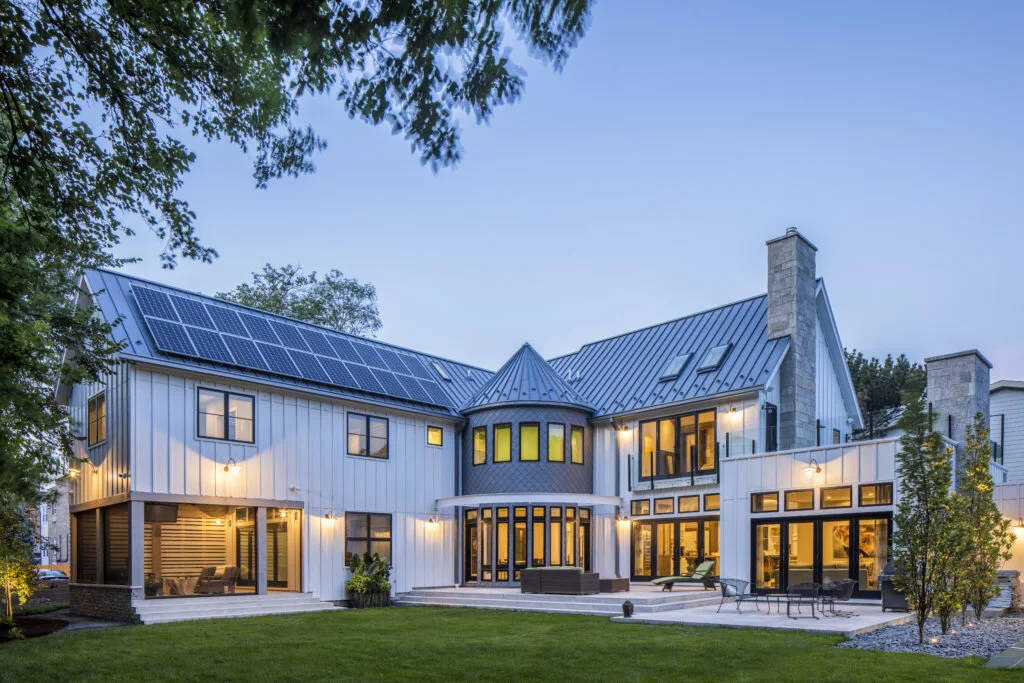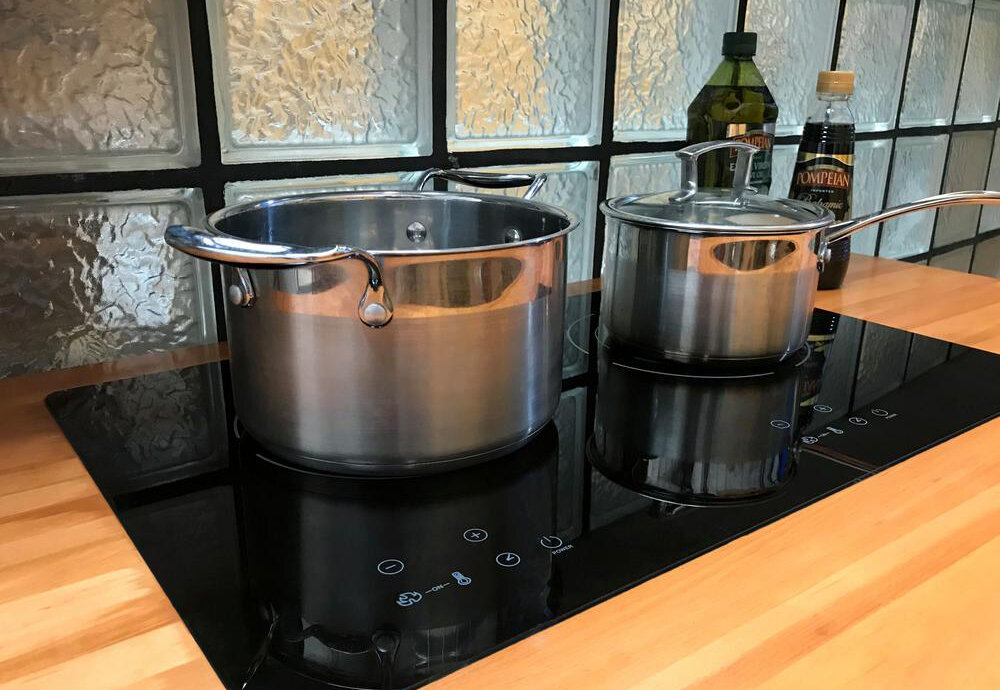There’s been a lot in the news lately about green living, and how homes can be designed and constructed in a sustainable way. Those contemplating either building a new sustainable home or doing a substantial renovation to an existing home should consider the benefits of going all-electric, both from an eco-efficiency standpoint and a home efficiency perspective.
Recently, members of the NextHaus Alliance and I were fortunate to have designed and constructed a modern lake house in a northwest suburb of Chicago featuring an all-electric system. This is the first winter the homeowners have been in the house, and it has been a wild season, with record-breaking low temperatures and rounds of snow and ice. Even on the coldest day, however, this home was warm and cozy. Looking ahead to summer, the home’s electric system is equally well equipped to maintain cool interior temperatures when the weather gets sweltering.
It’s the Chicago area, after all, when there can be greater than 100-degree temperature shifts within a year. That’s the reason why we designed this house, and homes like it in similar climates, to sustain extreme weather swings, with details like continuous rigid foam insulation added around the exterior.

Why electric?
Electric power is a sustainable choice that makes sense, as ‘electricity is the currency of renewable energy’. If the goal is to de-carbonize, electricity is an effective way to do that.
Electricity can be produce by various sources. If a home has solar panels, for instance, power can first be drawn that way. Electric battery power is often used as a backup. That said, although homeowners may want to totally eschew carbon, sometimes it makes sense to have a natural gas powered generator in case the electricity goes out for an extended period of time.
For the heating and cooling system, we prefer using heat pump systems, which can be either ground-sourced (geothermal) or air-sourced. These systems are more sustainable, but they also provide more comfort than air forced from natural gas, which essentially “cooks” the humidity out of the air and thereby often requires the use of a humidifier.

Myth busting
Some people have certain perceptions about electric power, but those views are outmoded and misplaced in today’s context. Electric cooking now is not like your grandmother’s cooking, which was done on a stove with a heat element: modern induction cooktops are truly state-of-the-art. Some of the world’s best chefs use that method for a quicker, more even form of cooking. (If you aren’t convinced, come with us to a showroom and enjoy a delicious lunch prepared on an induction cooktop by a professional chef!)
All-electric systems are also quite quiet and, from an appearance sake, look like a regular forced air system. Maintenance is also simple, and homeowners can change filters as they would with other systems.
Electric systems are more costly than other forms of power, given the type and number of mechanicals involved. But on a long-term basis, electricity is a greener choice and is also a wise decision for comfortable, more efficient living: in heating, for example, the heat is essentially moved around instead of being made, as is the case with natural gas.
An electric home is an investment in the future. So many aspects of human living are moving in the direction of such renewable sources of energy that reduce the use of fossil fuels, including the growing and perhaps inevitable use of electric cars. Add to that the benefits of health, sustainability, comfort and convenience, and you’ll find that the investment will pay off before you know it – all while you are enjoying your home in every season.
Back to News & Articles